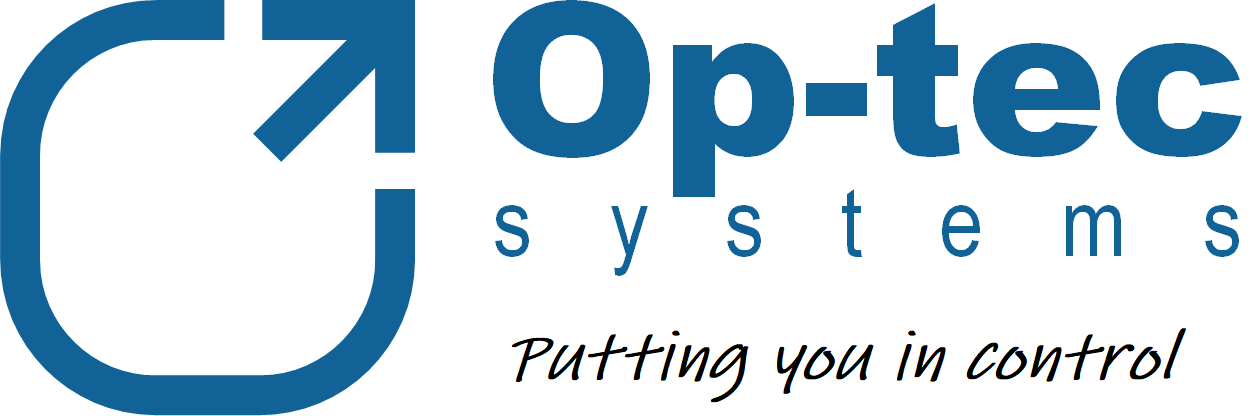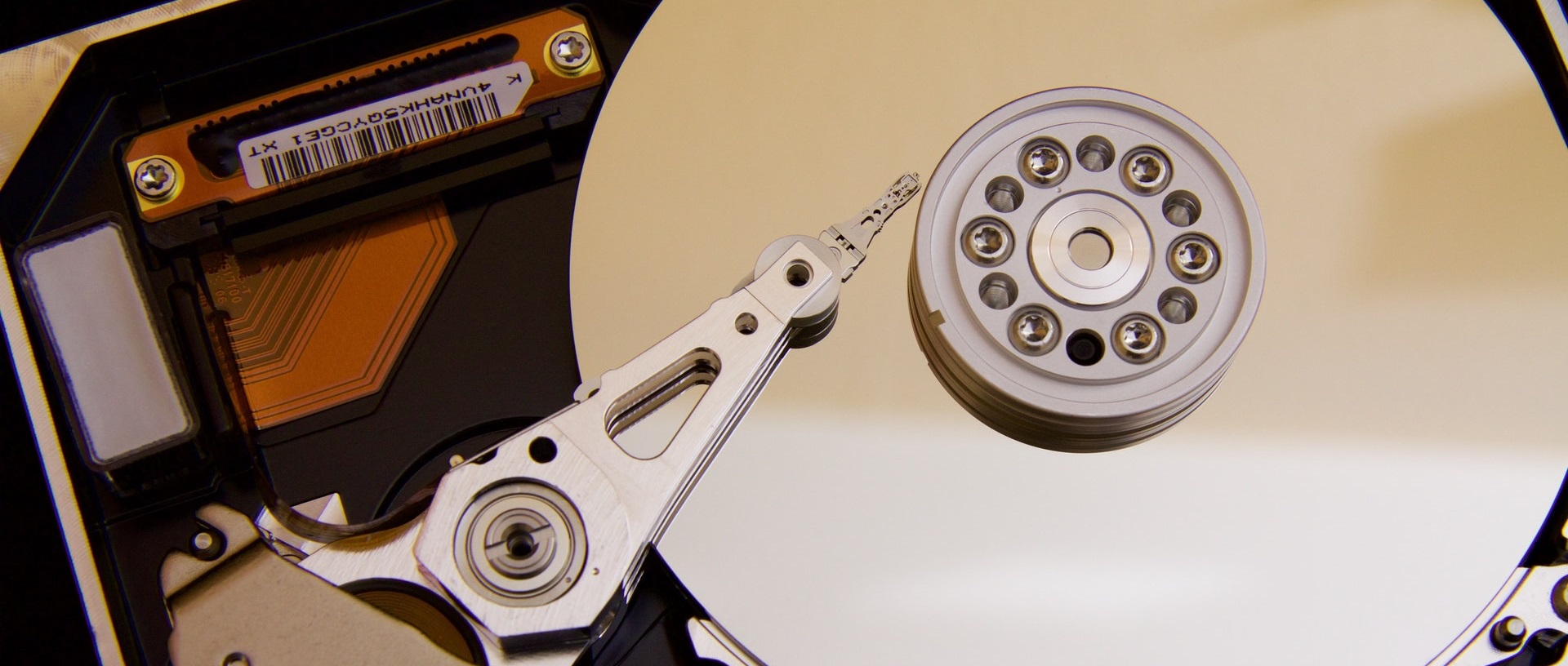The scenario: a server collecting historical data from a distributed control system running an industrial process. The server is 15 years old and creaking, with bits and bytes falling off its hard drive. The software is also legacy and well outside manufacturer’s support. The whole thing is being replaced but needs to be supported, and the hard drive is being worked very hard during the transition. Access to site is denied due to covid restrictions. Access through the client’s firewalls is limited, with no facility for file transfer.
Preparation is key. To enable rapid disaster recovery we loaded the original software installation disk and all subsequent updates and patches on a reserved partition of the storage where they could be accessed and executed from our remote and isolated workstations.
The worst happened, data acquisition and presentation failed. Corruption of files and software were suspected, services checked and the disaster recovery plan to restore functionality was put into action. All historical archive files and backups were removed from the historian data to a quarantine folder. The historian program was removed from the hard drive and a clean installation was carried out. Updates and patches were reinstalled, the system was returned to its previous operating condition, and data acquisition was restored. Data files were imported from the quarantined backup files, the result being full data recording, reporting and presentation available.
If you are relying on legacy equipment, are you prepared for a crash?
Do you have a Disaster Recovery Plan in place?
If you answer ‘no’ or ‘I don’t know’ to either of those questions then call Op-tec to get you ready to recover and resume normal operations with minimal delay and no drama.

